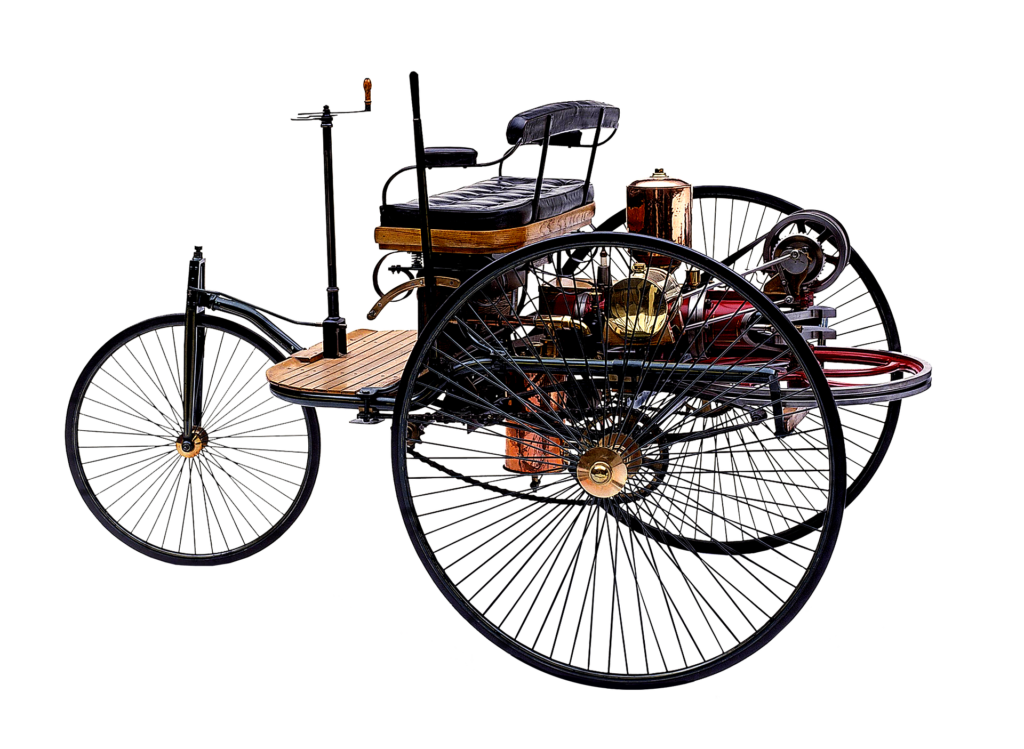This blog aims to walk you through all the steps involved in drafting and submitting a provisional patent application to the USPTO. This assumption is that your invention is either an apparatus, an article of manufacture, a process, or a composition of matter.

How to File a Patent Application?
- Develop your idea into an invention. Ideas are not patentable, but intentions, i.e., products and processes, are patentable. You must show how to make and use your invention through descriptions, illustrations, data, etc. But you don’t need to have a prototype of your invention. A person of ordinary skill in your patent technology must be able to create and use your invention without undue experimentation. The patent law requires this demonstration in your patent application.
- Determine if your invention is patentable. The resulting invention must be patentable when transforming your idea into a product or process. The patentability of an invention is a two-pronged approach- new invention and patentable subject matter eligibility.
- Your invention must be new or novel. Thus, another must not have already patented your invention or disclosed your invention in the public domain. Again, prior art searches will help determine if your invention is new.
- Under 35 U.S. Code § 101, not all inventions are patentable, even when novel. This law defines the statutory subject matter eligibility of inventions. Patentable inventions must be an apparatus, an article of manufacture, a process, or a composition of matter. Examples of ineligible subject matter are abstract ideas, laws of nature, and natural phenomena; hence these are not patentable.
- You are ready to write and submit a patent application after you develop your invention and you become knowledgeable about the prior art in your field of endeavor and invention. You have two options: file a provisional or non-provisional patent application.
- A provisional application is a temporary placeholder, which you will need to convert within a year into a non-provisional application. The advantage of the provisional application is that for a lower initial cost, you can file a patent and make changes to the application at the time of conversion.
- A non-provisional application is a permanent application. It is expensive, and more importantly, you can never make any alterations, addition or deletions, to its content. Non-provisional will publish 18 months from the first filing date.
How to Draft a patent application

Abstract
A) States the technical nature and what is new in the arts about your invention.
B) The purpose is for the readers, the USPTO, and the public, to quickly determine the technical nature of your invention.
C) Describes an account of your invention in 150 or fewer words and one paragraph.
Claims
A) The claims are the most critical and essential part of your application and require technical and legal skills to write them.
B) Claims define what you consider or claim as your invention and the scope of protecting your patent.
C) Each claim must particularly point out and distinctly claim the subject matter that you regard as your invention.
D) Every single word of each claim is significant and can determine the scope of your protection. Thus, the possibility of your patent grant and exact product protection depends upon your claim language.
E) Start on a new page with the heading, such as we or I claim, what is claimed here, what we or I claim, etc.
F) Claims are either independent or dependent. Independent claims can stand on their own, whereas dependent claims add further limitations upon an independent claim.
G) For non-provisional applications, USPTO fees depend upon the number of claims. Therefore, the overall price for patent writing and submitting, in part, depend upon the number of claims in your application.
H) You must have at least one claim, as required by the law, for the submission of a non-provisional patent application.
Specification
A) The specification is another essential part of your application. The primary purpose of the specification is to provide support and context for the claims.
B) Specification writing requires both technical and legal skills. In addition, specification writing requires a format detailed by the USPTO.
C) It must contain the following subheadings:
- Title of the invention. The title of your invention must be short, specific, and may not exceed 500 characters in length.
- Cross-reference to related applications. Mention any prior patent references that your patent application claims priority.
- A statement regarding federally sponsored research or development is required.
- Reference to a sequence listing, a table, or a computer program, listing compact disc appendix.
- Background of the invention. In this section, provide a specific problem(s) in the state of your technology that your invention solves. You can also describe the invention-related information known to you. Abrevity is favorable.
- A summary of the invention. You should include a short description of your invention and the title of the drawings, pictures, illustrations, or figures.
- A detailed description of the invention:
- The description must be enough so that a person of ordinary skill in your application’s pertinent art, science, field, or area can make and use the invention without extensive or undue experimentation.
- You must provide one or more modes contemplated by you of carrying out your invention. But, you are not required to identify the preferred or best mode.
- A detailed description of the drawings: You must mention each element in the drawings, illustrations, or figures in the description.
Drawings, illustrations, and figures should be in black and white.
Oath or declaration for the inventor(s). Every inventor must sign an oath or declaration that they are the original inventors.
Sequence listing (when necessary).
Conclusion
Did you know that entities such as LLC, Inc, etc. can’t file patents pro se, i.e., on behalf of yourselves? However, we can assist you in preparing and submitting patents on an affordable budget. It is our promise to you, our clients, to work diligently through all the steps of the patent application. Please get in touch with us for an initial free consultation. Write to ask us if you need any further information about patent law.

